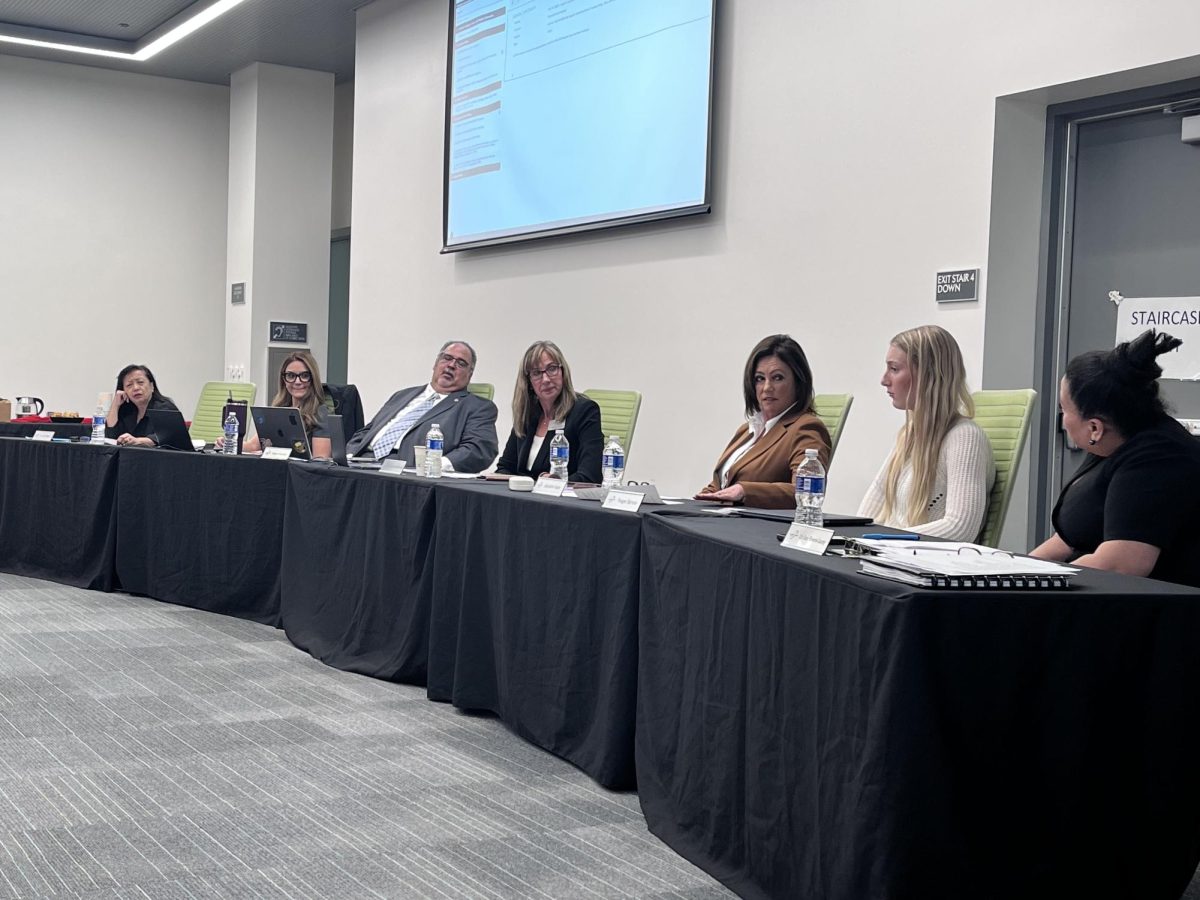There is a high need for assistance within Latino students in order to obtain higher education.
Previously post secondary education was not likely an option to consider after graduation.The lack of money is a factor that is often considered by Hispanic families when attempting to continue their education.
Financial Aid Advisor, Sandra Carrillo believes there is a need for aid within the latino student population. “Latino families are often discouraged and tend to believe financial aid is unattainable. Which in turn discourages the students from applying.”
In the article, “Latinos and College Access:trends and Future Directions,” it states, “One consistent finding in research about financial aid information among Latino families is that the lack of college financial aid knowledge may be influencing decisions to apply to college.”
It is stated on College Scholarships, a scholarship website that , “Historically, the Hispanic population of the United States has been considered undereducated – due to some significant social and economic anomalies that have kept Hispanic Americans from finding their place in the U.S. system of higher education.”
Rojas, is a transfer student and a senior at Cal State San Marcos. One of his initial concerns was how he was going to pay for it. He received financial aid throughout his education.“I never took out any loans, luckily because I had enough grants that would cover my tuition and fees and I would always have money left over.” said Rojas.
According to the Federal Student Aid, an office of the U.S. Department of Education, There are many factors that are considered for financial aid eligibility. Some of these factors include your household size, grade level and income. Citizens and U.S. residents are able to apply for financial aid by submitting a federal aid application online at fafsa.ed.gov
“I learned about Expected Family Contribution (EFC) and essentially what made me eligible for the type of financial aid I am receiving which includes my parents income, household size, and other factors.” said Rojas.
Assistance is also provided for undocumented and non resident students in California. In order to be eligible for funding you must meet the AB540. According to the California Student Aid Commision, requirements consist of , have attended a school in California for at least three years and also not have a non immigrant visa. Eligible individuals can submit an application at dream.csac.ca.gov. UC Grants, State University Grants, Cal Grant are different types of financial aid available to students.
“The first step is to always submit a FAFSA application or a CADA.”said Rojas. He encourages students to seek help for relatives and friends who’ve been through the process and also visit the Financial Aid Office for further assistance.
“We’re here to assist and support the students/parents to make the process easier for everyone involved it.” said Carrillo. She recommends one to ask questions and encourages the involvement of parents. According to the Financial Aid Advisor language barrier is a challenge that Latino families may face.
Aside from state and government funding, another method that is often dismissed are scholarships. Although this is also free money, many individuals overlook this opportunity due to the extra work it takes. In order to receive a scholarship one must submit an application that often requires an essay. What is not being realized is that, at the end of the day this will benefit you in obtaining a degree with the least amount of debt.
“If I didn’t receive financial aid, I would not have gotten this far in my higher education. It gave me the opportunity to take the classes every semester.” said Rojas
Although, Rojas, did not apply for scholarships, he highly recommends students to apply. He understands that completing these applications take time but they are worth it in the long run.
Over the years we have heard college graduates share their experiences with student debt. In order to decrease your amount of loans, scholarship applications must be submitted. There are scholarships that are specifically for Hispanics, undocumented. Being a first generation college student is also a benefit and category considered for scholarships. The scholarships do vary in award amounts, they can be as little of $100 to $20,000, even more. One great start for scholarship search can be on fastweb.com.
Rojas stated that there is in need for assistance within the latino community. “The Latino population, we didn’t plan for college, the savings were never there, a lot of families are just trying to get by. College was not a priority and now that we can go to college, we need financial aid, we need all the help we can get.”
“Education is the forefront to many opportunities and financial aid provides many resources. Whether it’s Grants, Scholarships or Federal student loans – do remember this is an investment for your future” said Carrillo












